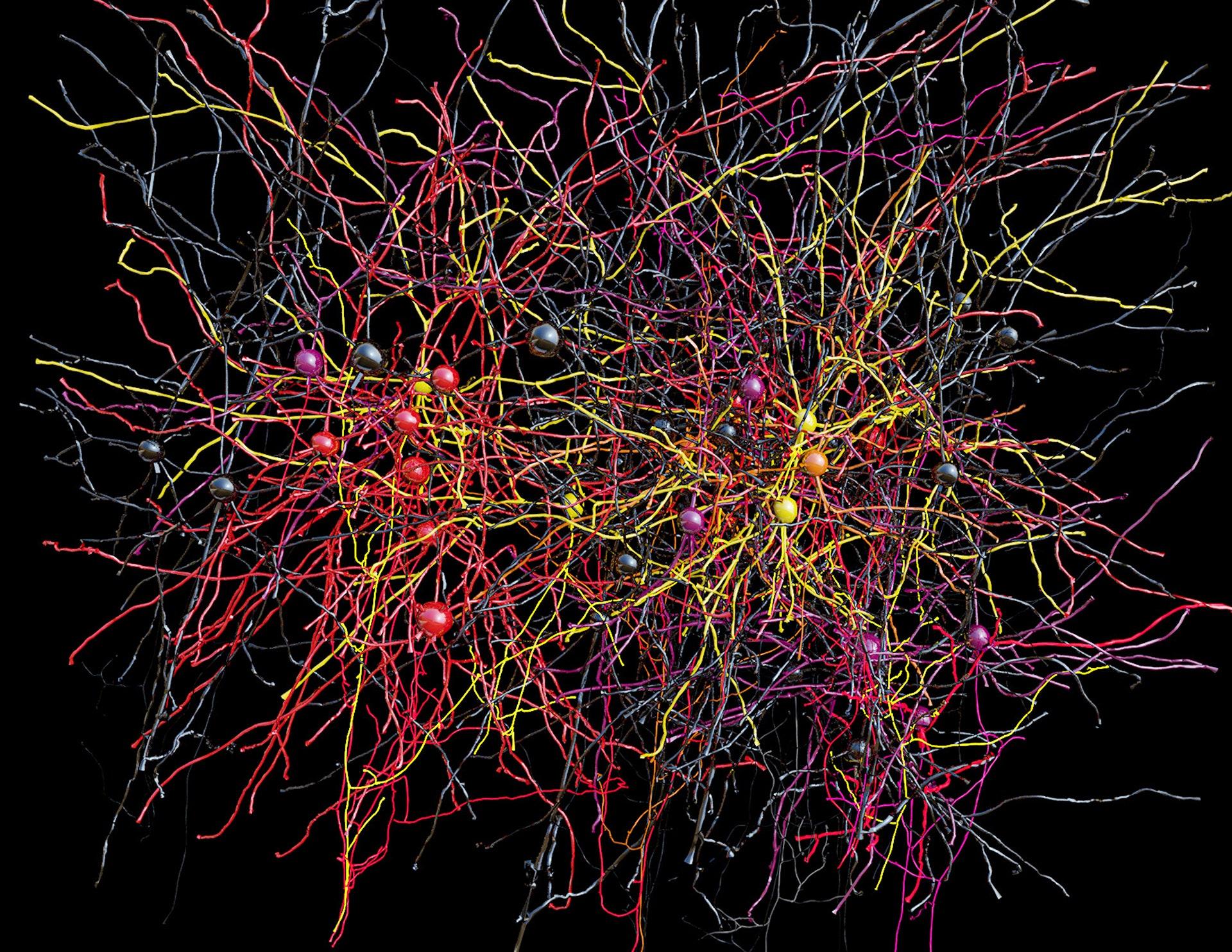The human brain is often referred to as one of the most complex structures in the universe. Its intricate network of connections has fascinated scientists and researchers for centuries, and understanding how these connections work is crucial in unraveling the mysteries of the human mind. Recently, a team of neuroscientists achieved a remarkable feat by creating the most detailed map of human brain connections to date.
Mapping the brain is no easy task. With billions of neurons and trillions of synapses, the brain is like a vast, uncharted territory. For years, scientists have been striving to map this complex network of connections, and their efforts have led to significant advancements in the field of neuroscience. However, previous maps were often limited in their resolution and detail, leaving many gaps in our understanding of brain connectivity.
Enter the Human Connectome Project (HCP), a collaborative effort between institutions around the world aimed at mapping every connection in the human brain. Using cutting-edge technology and state-of-the-art imaging techniques, the HCP team set out to create a comprehensive map that would provide an unprecedented level of detail.
The HCP map is based on data collected from hundreds of healthy adult subjects, making it the most comprehensive dataset of its kind. Researchers used magnetic resonance imaging (MRI) to capture detailed images of the brain’s neural pathways. These images were then processed and analyzed to create a three-dimensional map, depicting the intricate web of connections between different regions of the brain.
What sets this map apart is the level of detail it provides. Previous brain maps relied on coarse resolution, often grouping thousands of connections into a single bundle. The HCP map, on the other hand, offers a resolution that is nearly 50 times finer, allowing scientists to study individual connections between specific regions of the brain. This level of precision has opened up new possibilities for understanding the brain’s structure and function.
So, what can we learn from this detailed map of human brain connections? Firstly, it sheds light on how different brain regions communicate and work together. By identifying specific pathways, researchers can pinpoint the regions responsible for various cognitive functions, such as memory, attention, and language processing. This understanding could help in diagnosing and treating neurological disorders that affect these areas.
Additionally, the HCP map provides valuable insights into the individual variations in brain connectivity. It reveals that while many connections follow a consistent pattern across individuals, there are also significant differences in how these connections are organized. This information could help explain why different people exhibit varied cognitive abilities or respond differently to certain therapies.
Moreover, this detailed map could have far-reaching implications for the field of artificial intelligence. By studying the brain’s intricate network, researchers can gain inspiration for building more efficient and sophisticated neural networks in machines. This could lead to advancements in various fields such as machine learning, robotics, and even the development of more advanced prosthetic limbs.
However, while the HCP map is a significant achievement, it is important to note that it is not the end of the road in understanding the brain. There is still much to explore and discover in this complex organ, and future research will likely build upon these findings to uncover even more profound insights into human cognition and behavior.
the most detailed map of human brain connections ever made, courtesy of the Human Connectome Project, represents a monumental achievement for neuroscience. This map provides an unprecedented level of detail and opens up new avenues for understanding the brain’s structure and function. It holds the promise of transforming our understanding of the mind and could have profound implications for diagnosing and treating neurological disorders, advancing artificial intelligence, and exploring the frontiers of human cognition.

